No, not a Mozart composition, but a natural one, with one of the less well known genera of bulbous plants. Sternbergia is in the Amaryllidaceae, like Narcissus and snowdrops, and in fact Sternbergia lutea is sometimes called fall daffodil (though the resemblance escapes me). There only a few species, all from the Mediterranean region of Europe and western Asia, but despite this, all have at least some forms that are hardy in southern Michigan. Though they might get lost among larger bulbs, the flowers have a definite charm, with the delicate translucent venation on the tepals being a particularly special feature.
I was reminded by the blooming of Sternbergia candida this spring of how many Sternbergia I have killed – giving me some insight, in an inverse (or is it perverse) sort of way, on how to grow them.
Although people think of them as fall plants, there are both spring and fall blooming species, like so many other bulbous genera, and they can look quite alike. Now, the only one seen commonly is the fall blooming Sternbergia lutea, some clones of which do well in southern Michigan, and some which don’t last at all – or maybe it‘s the gardener, not the winter? It’s a moderately sized flower, and I find I don’t have a good picture – so here is a bad one. Have to remember to take some more this fall.
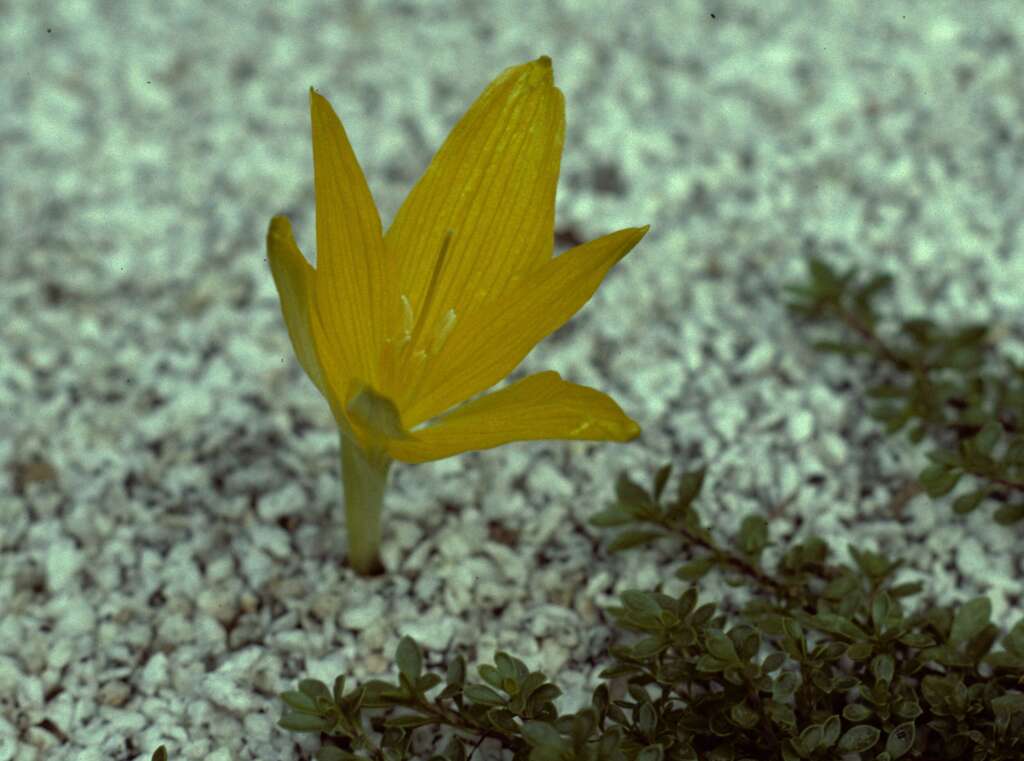
Another fall blooming species, sometimes “lumped” in with Sternbergia lutea is Sternbergia sicula. If it is part of the overall variation found in Sternbergia lutea, it is still worth getting, as at least the clone I grow is a good performer in southern Michigan. I’ve never had a capsule on these, so either they are self-incompatible and I have only one clone, or whatever pollinates them is absent.
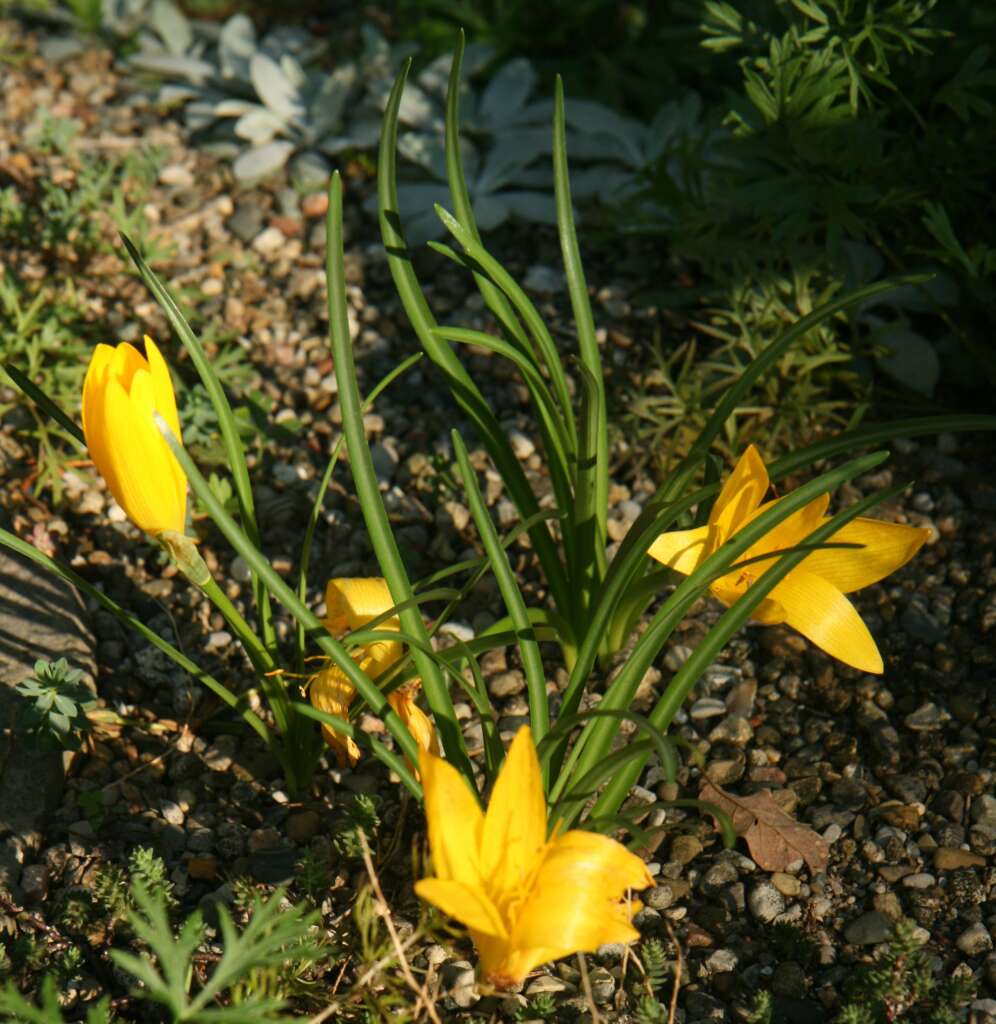
A big disadvantage in our climate is that the leaves of these two fall blooming species come up with or just after the flowers, and are wintergreen. The broad leaves of Sternbergia lutea are somewhat upright and often get damaged in winter. The smaller leaves of my clone of Sternbergia sicula soon lie flat on the ground, and are typically in good shape still in spring. But regardless, the plants don’t seem to be too seriously injured by this leaf damage.
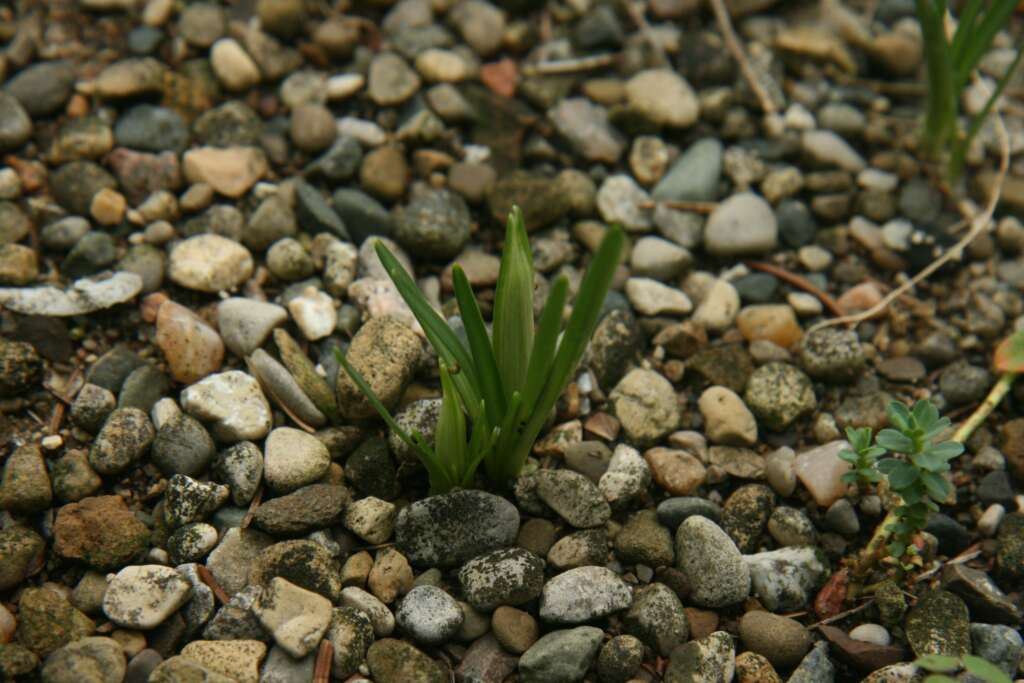
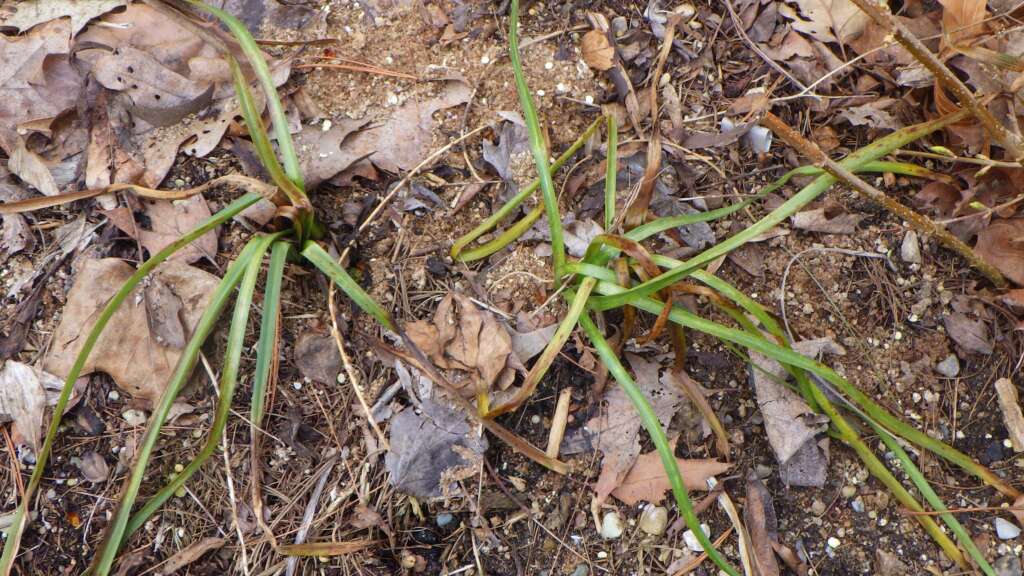
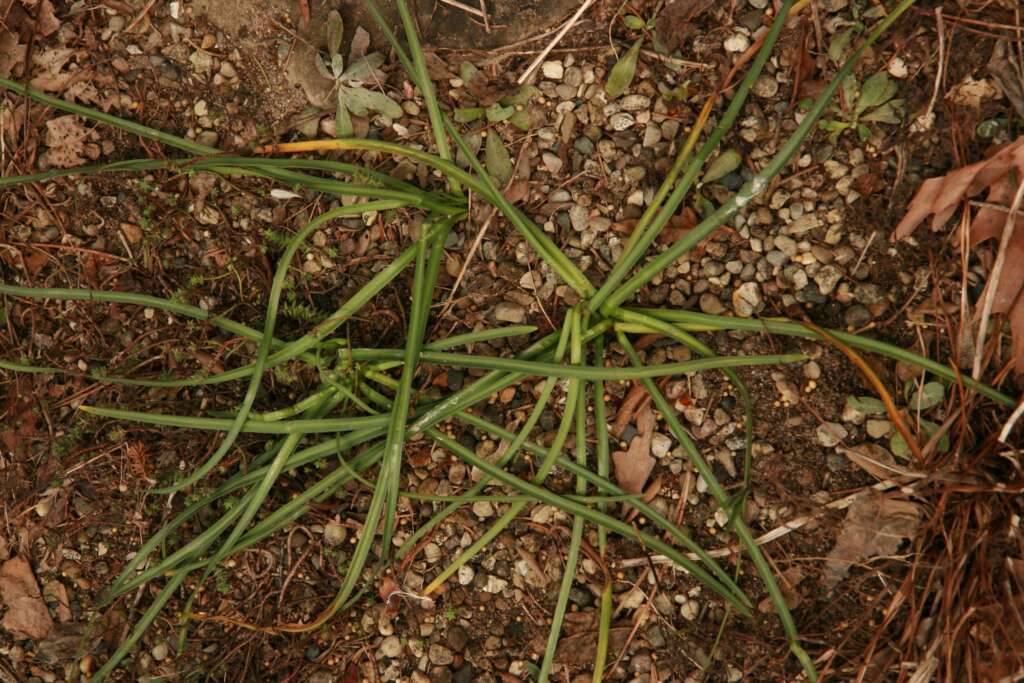
The smallest species of fall blooming Sternbergia is Sternbergia colchiciflora. It has quite small star-shaped flowers and is easy. It does things differently from all others. The plant blooms in early fall (late September typically), but the leaves come up in the spring. Not only that, this always sets capsules, which also come up above ground in the spring. It is surely self-compatible, and maybe even selfing. I’ve even had it sow itself a little. If only it were bigger…
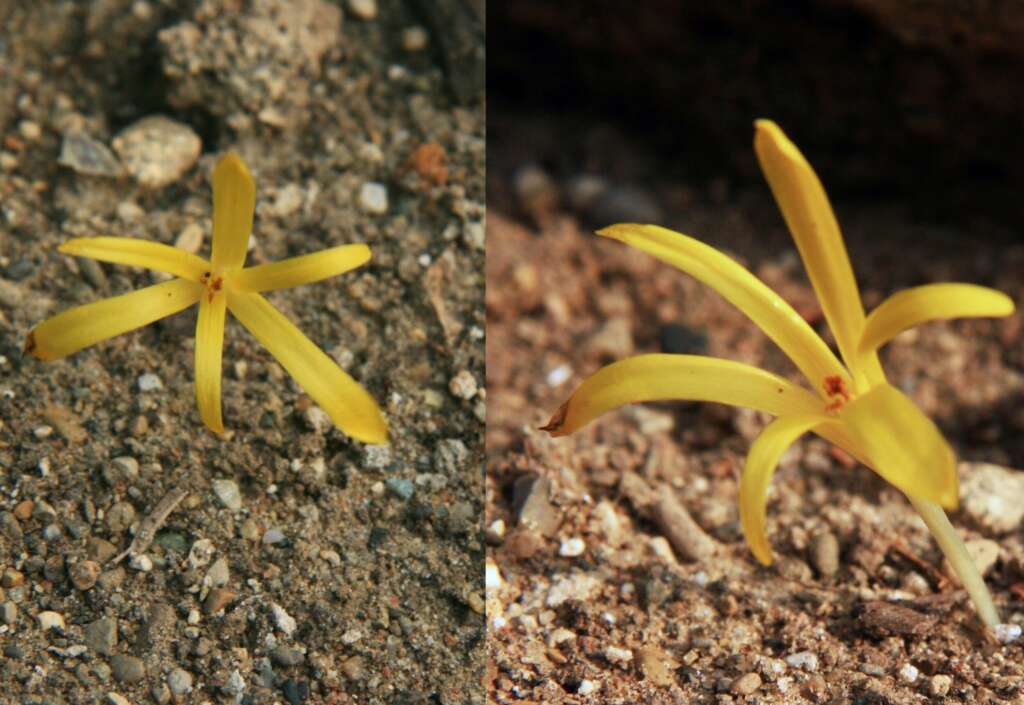
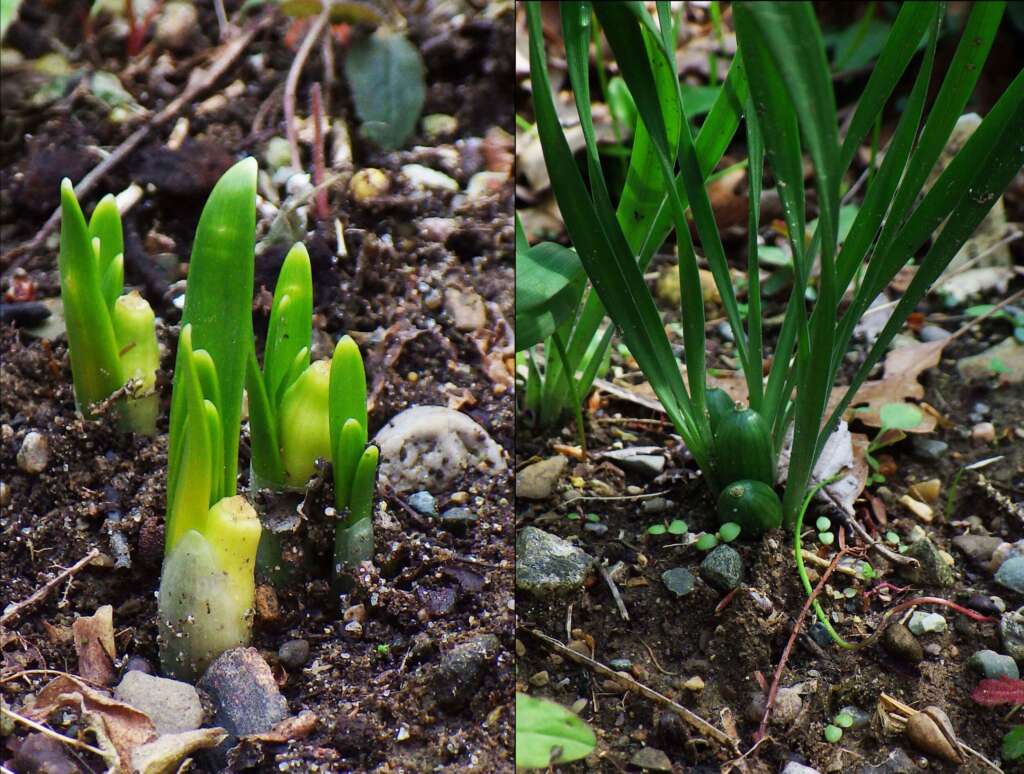
The two spring species are lovely surprises – but can get lost in the blaze of bulbs blooming in late Match or early April – when they flower. One species, Sternbergia vernalis, has yellow flowers and is much like a spring blooming Sternbergia sicula. It is sometime sold as Sternbergia fischeriana.
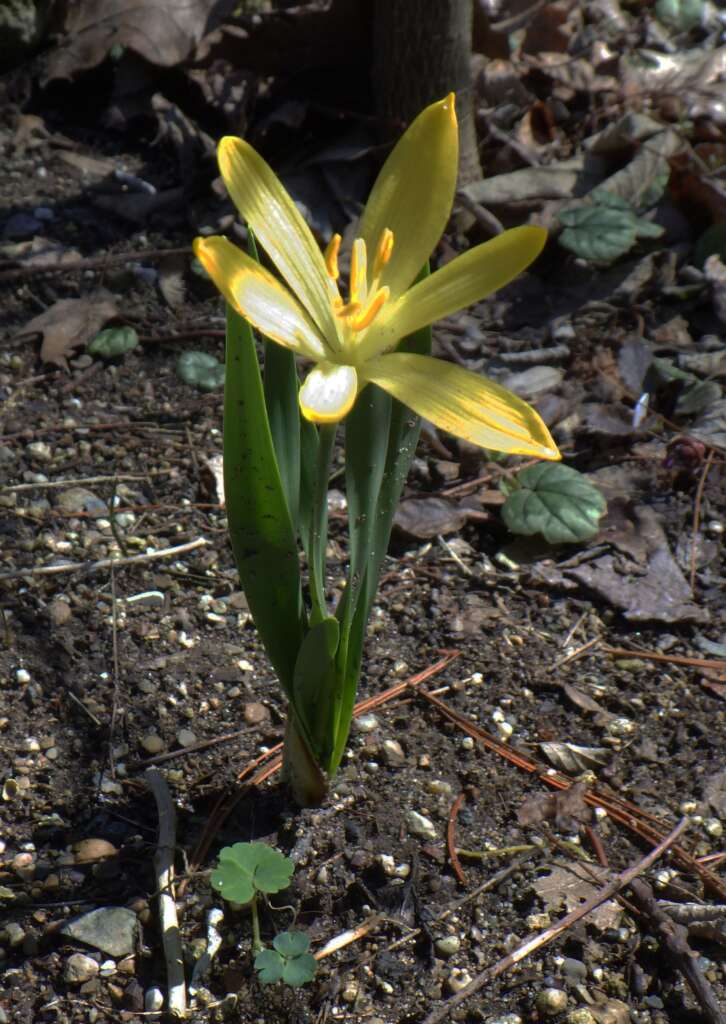
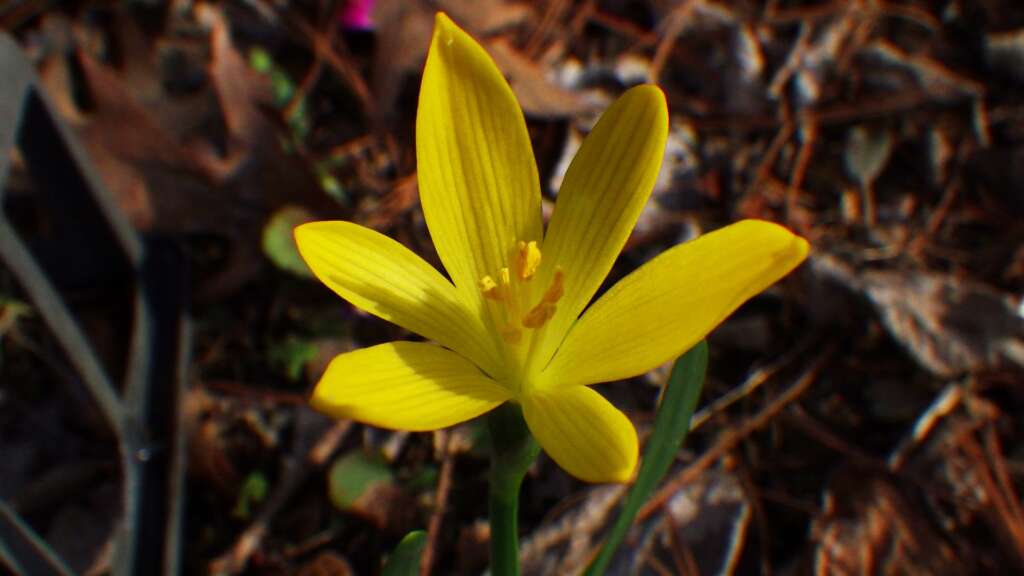
The other spring bloomer is the most remarkable of all Sternbergia, as it has pure white chalices – Sternbergia candida. This is a rare plant in the wild, native to a small area of Turkey, and the only white Sternbergia.
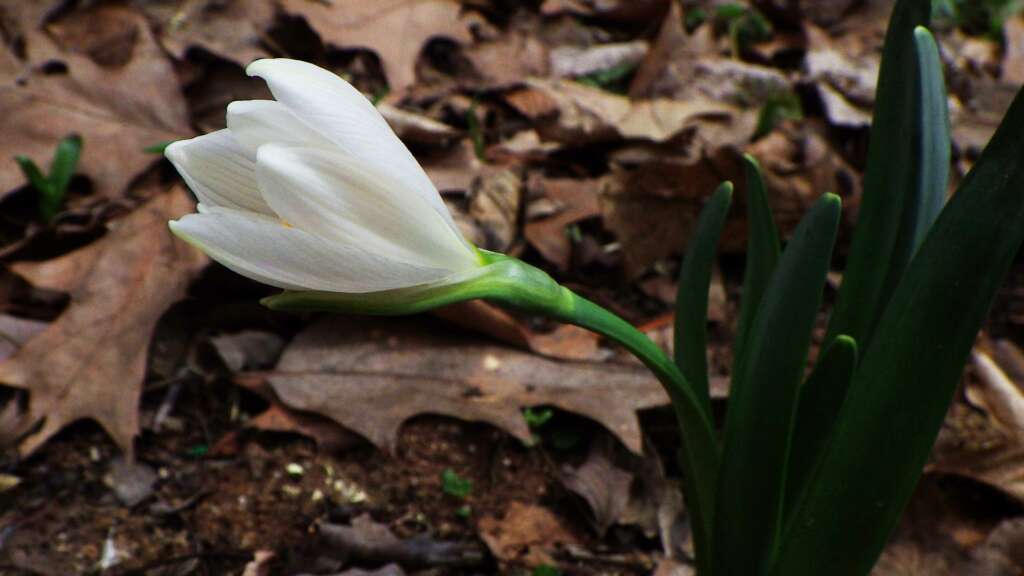
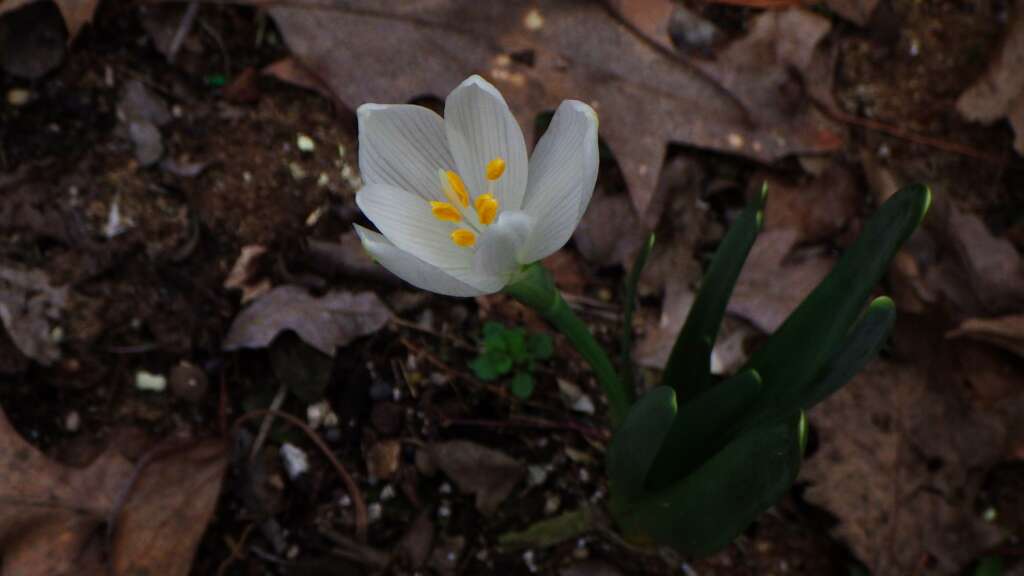
Both the spring blooming Sternbergia species send up leaves in the spring with the flowers, so the foliage is not damaged by winter. But like the larger fall species, I have never had a capsule, even with efforts to hand pollinate them.
For years, I found all Sternbergia difficult. Assuming they were xeric bulbs, I put then in a lean sandy mix and treated them like desert plants. They rewarded me by slowly (sometimes quickly) dying. After killing a batch of Sternbergia candida raised from Archibald seed, it slowly dawned on me that this species apparently grew at the edges of and in Cedrus libani forests. So switching gears, I put them in richer, heavier soil, and fertilized them. That slowed my rate of killing them considerably.
